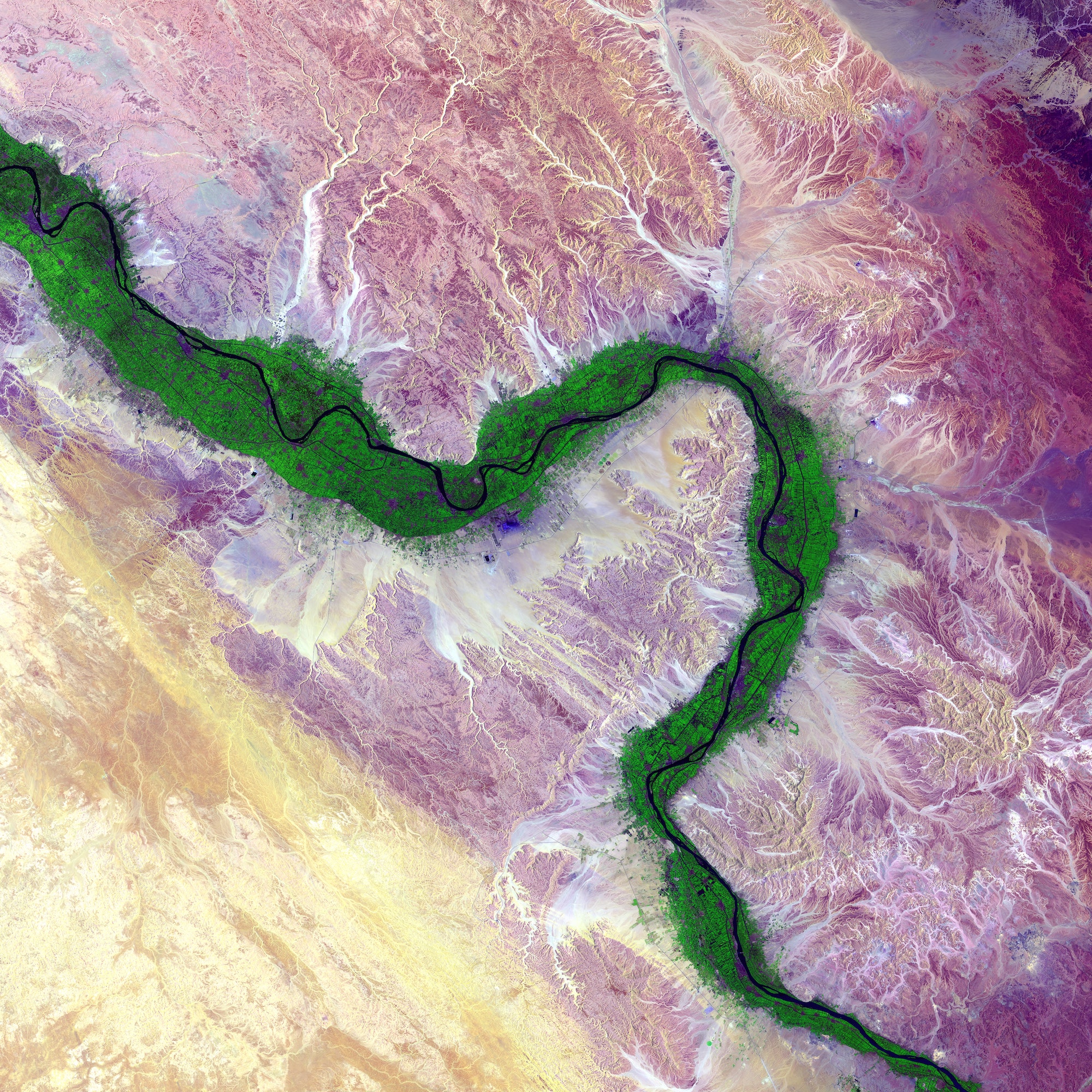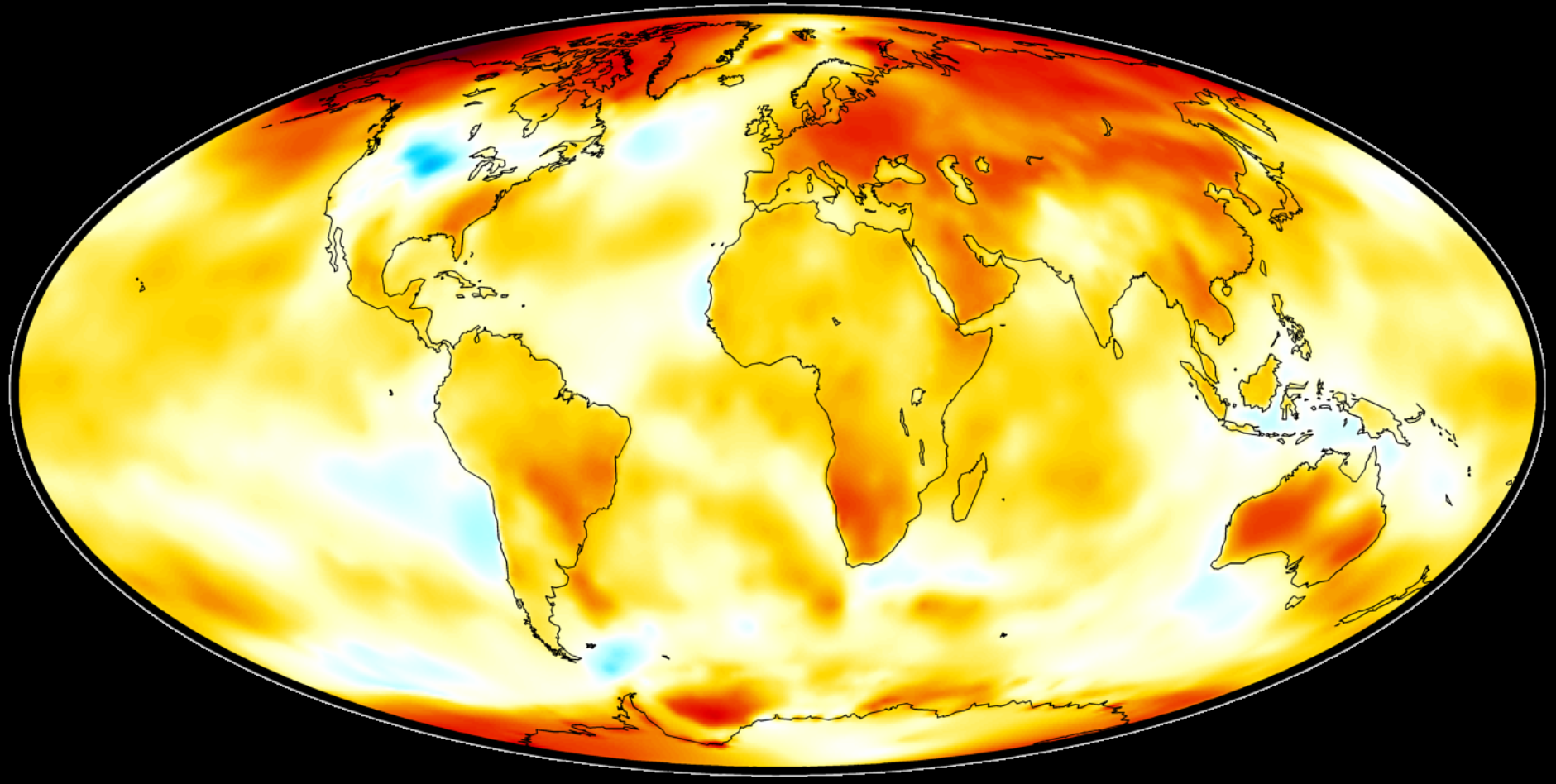Government leaders of over 160 countries in Marrakech adopted the Global Compact for Safe, Orderly and Regular Migration (GCM), the United Nations pact which aims at addressing all aspects of migration, including climate change.
According to U. N. estimates, the number of international migrants increased by almost 50 percent between 2000 and 2017, reaching 258 million in 2017.
The GCM is a non-binding agreement including an agreed set of principles and objectives covering all aspects of migration and creating a framework for multilateral and bilateral cooperation on the issue. Finalized in July, the text recognizes that climate change is one of the possible causes for migration, outlining ways for countries to cope with communities that are displaced by natural disasters as well as “slow onset events” like drought, desertification and rising seas.
Enlarge

“The link between climate change and migratory phenomena is undisputed, and now also scientific research on the topic is expanding”, explains Cristina Cattaneo, scientist at RFF-CMCC European Institute on Economics and the Environment, where she is responsible for the research area on climate-induced migration. “In the past, it was more complicated if not impossible to investigate this causal relationship especially due to the lack of data, because it is difficult to keep track of the origin and destination of people moving within and outside the national boundaries. Now, thanks to the growing interest in the topic, international organizations such as the World Bank have started collecting specific data on the movements of migrant people”.
The Global compact recognizes the need for a better knowledge of migratory phenomena and among its 23 objectives includes to “collect and use accurate and disaggregated data as a basis for evidence-based policies”.
People migrate for different reasons. In some cases, the links with natural disasters and climate-related impacts are clear, as for floods or rising sea levels affecting the populations living in Pacific island states. In other cases, the manifestations of climate change are less sudden, as in the case of areas subject to desertification or the increase of average temperatures, which can have very negative impacts on agriculture. According to a report by the Work Bank, the worsening impacts of climate change in three densely populated regions of the world (Sub-Saharan Africa, South Asia, and Latin America) could see more than 140 million people move within their countries’ borders by 2050, because of droughts, failing crops, rising sea levels, and storm surges.
Although the link is undeniable, it is difficult to quantify how many people will be forced to migrate due to climate change in different areas of the world and across countries. “There is still a lot of uncertainty about future migration flows due to climate change “, Cattaneo said. Greater cooperation and knowledge are key tools for making predictions, designing appropriate strategies and preventing “suffering and chaos”, as stressed by UN Secretary-General António Guterres.
“Human migration is an inevitable phenomenon, and the agreement adopted in Marrakech is a strong signal, which acknowledges the need to protect migrants and manage the issue in the interest of both the origin and the destination countries”, Cattaneo said.
One of the first practical outcomes of the GCM is the establishment of the UN Migration Network, officially launched in Marrakech and appointed to support the implementation of the migration pact. The International Organization for Migration (IOM) will serve as coordinator and secretariat of the Network.
Just two days before countries met to adopt the Global Compact, a set of recommendations were presented at COP24 in Katowice, Poland, to help countries cope with the displacement of people as a result of climate change impacts. The recommendations were developed by the Task Force on Displacement, which is part of the Executive Committee of the Warsaw International Mechanism on loss and damage under the UNFCCC.
Read more:
Full text of the Global Compact for Safe, Orderly and Regular Migration (GCM)
U.N. website of the Intergovernmental Conference to Adopt the Global Compact for Safe, Orderly and Regular Migration, Marrakech, Morocco, 10 – 11 December 2018.






